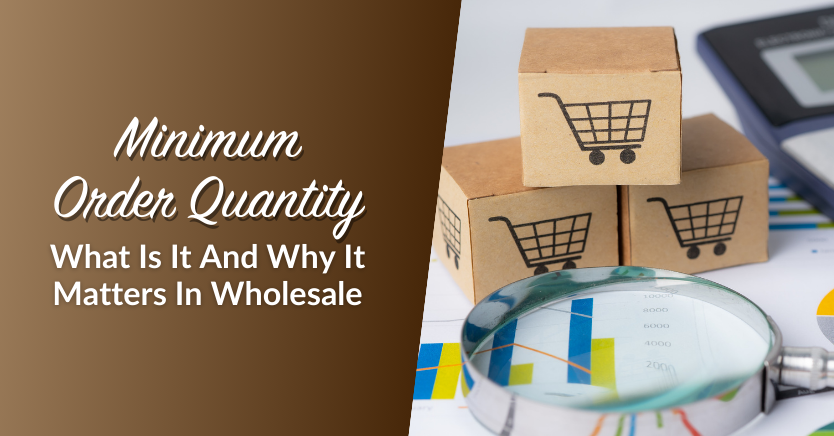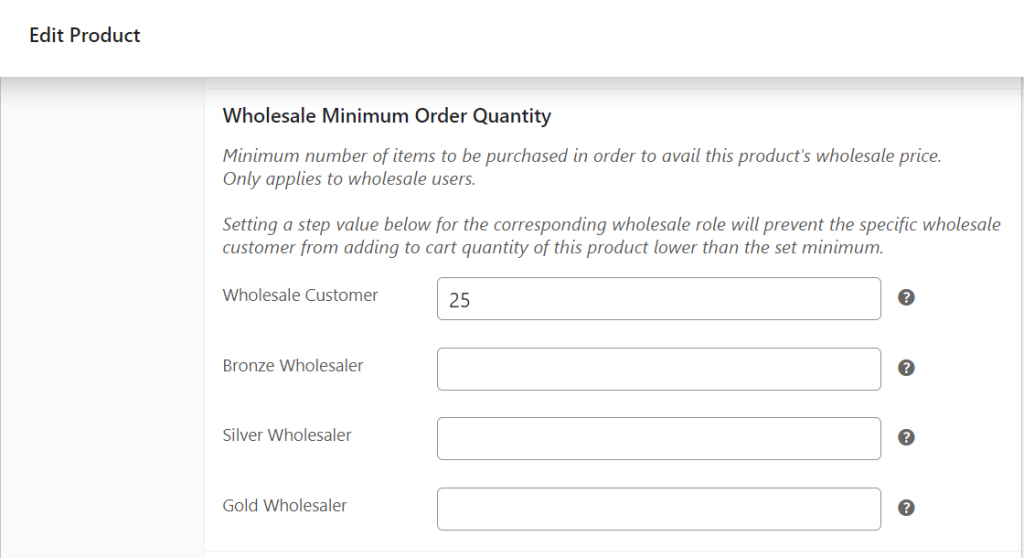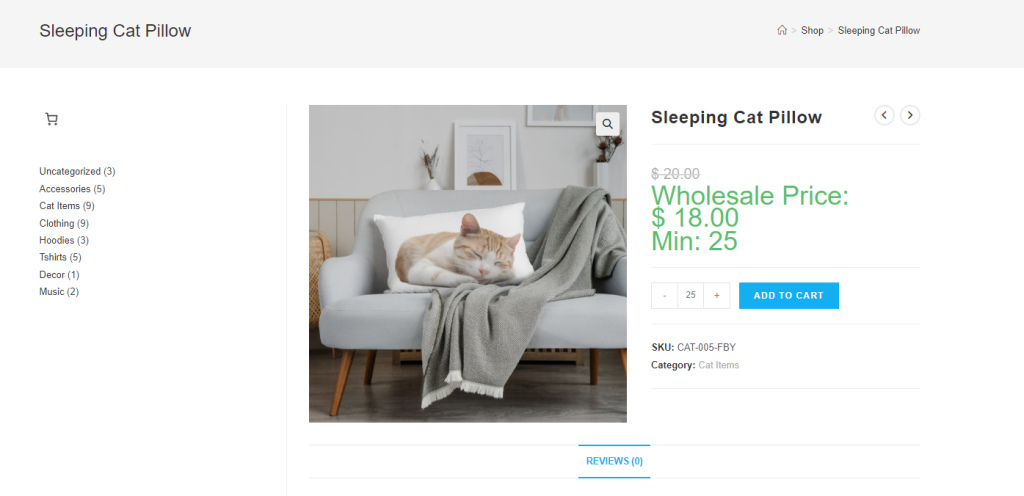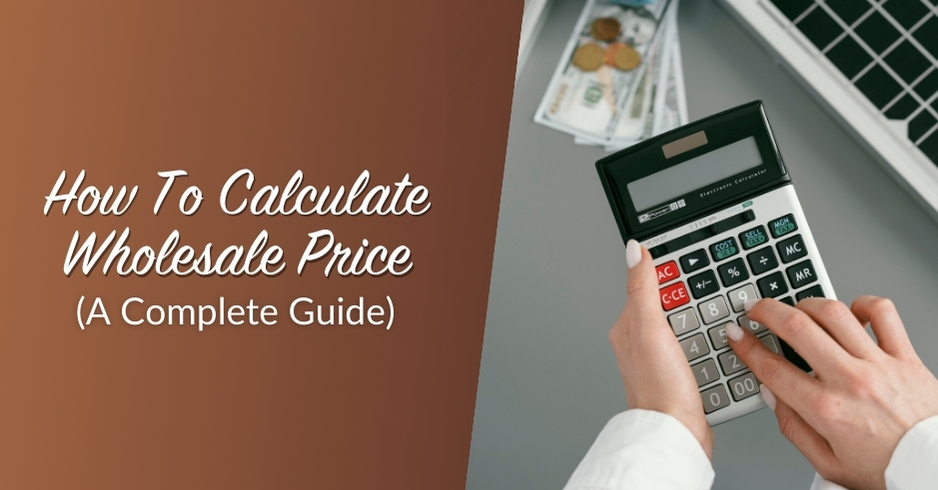
Smart wholesale businesses don’t leave many things to chance. That includes setting a minimum order quantity for bulk orders! Basically, you set minimum order quantities so you can avoid scenarios where you end up losing money on orders. With a few simple calculations, you’ll know what orders are too “small” for your store to consider.
In this article, we’ll briefly recap what MOQs are and what is the difference between them and product minimums. Then, we’ll walk you through several minimum order quantity examples, go over why your store needs one, and how to inform users about yours. So, let’s get to it!
Minimum Order Quantity: What Is It?
An MOQ is a minimum order quantity which is the smallest order that your store can fulfill in terms of price. That’s not the same as a product minimum, which is when customers need to buy at least X of an item to complete their purchase.
The goal of MOQs is to protect your store from losing money on orders. That’s necessary because as a wholesaler, you probably deal with prices that are much smaller than retail operations. In other words, your margins are smaller and you make up for that in terms of volume.
If you’re not dealing with orders that are large enough in volume, then you’re not really running a wholesale store. Let’s go over some examples.
Minimum Order Quantity Examples
The concept of a MOQ is simple to understand, but let’s go over some examples so you can think about how to implement one for your wholesale store.
Let’s say that you sell computer hardware wholesale. On average, your wholesale customers get a 40% discount from retail prices if they buy from you. However, that difference in price doesn’t just magically go away, you’re trading what could be a 60% profit margin for roughly 20%.
If you take an order worth $2,000 and a retail competitor does the same, you end up with a much smaller slice of the pie. Moreover, wholesale customers are getting more products for their money. That means you can incur additional costs, such as:
- Hiring a team to help your process orders
- Packaging a large number of products
- Processing invoices and preparing packages for shipping
At the end of the day, wholesaling can be much more labor-intensive than retailing, even if you deal with fewer orders on average. To make up for all of those extra costs, you want to encourage buyers to make large orders.
To protect yourself from losing money, you can calculate what’s the minimum order that you can process and still make a profit after all of the additional costs involved. That may be $1,000, $2,000, or even a larger figure. Ultimately, your MOQ depends a great deal on what type of products you sell and what their price point is.
Minimum Product Quantity Example
Setting a Minimum Product Quantity (MPQ) works slightly differently than with an MOQ. In this case, you tell wholesale customers “You can only buy this product if you buy at least X units“.
WooCommerce wholesalers can leverage plugins like Wholesale Prices Premium to set MPQs for individual products, as illustrated below:

Using Wholesale Prices Premium, you can define minimum product quantity requirements for different wholesale user roles, allowing you to tailor your discount strategy based on the customer segments you serve.
The overall goal of an MPQ is the same as that of an MOQ. By setting minimums, you protect yourself from losing money on orders. However, this approach can be much more flexible since you can set different minimums for each product.
Let’s say that you’re selling a product wholesale at $70 per unit and it retails at $100. Each product costs you $40, so you have a decent profit margin. Even so, if you want to match retail earnings you need to sell two products for each one that they do.
In practice, most wholesale customers don’t buy just one of any product. However, if you want to avoid taking risks, you can set MPQs to ensure that every order you fulfill earns you a decent return.
The advantage of this approach is that most wholesale customers are used to MPQs. They understand that they’re getting low prices because they buy in bulk. As long as your minimum product quantity is reasonable, it shouldn’t impact the number of orders that you get.
Why It’s Smart To Set A Minimum Order Quantity
To sum it up, MOQs ensure that every wholesale order that you fulfill is large enough to cover all of the costs involved and still earn you a profit. By “costs involved”, we mean factors such as:
- Product reposition costs
- Packaging and shipping costs
- Providing support for customer orders
Beyond those factors, you still have all of the other costs that growing businesses need to deal with. You may need to hire help to run the wholesale operation, pay for storage, services, software, and those are all just the fundamentals.
For the best possible results, you want to set a reasonable MOQ. That means taking into consideration order averages for your best customers, calculating what is the least that you can charge for an order, and using those factors to determine a number.
How To Strategically Implement A Minimum Order Quantity
Customers shouldn’t find out about an MOQ when they’re trying to pay for an order. That’s a recipe for an angry customer, so you need to make sure that they know about your MOQ from the moment they start browsing your store.
There are several ways that you can go about notifying wholesale customers about a MOQ, including:
- Adding that information within your wholesale agreement
- Displaying the information clearly on your shop page
- Sending an email to inform new and existing customers about your MOQ (or changes to it)
Providing transparent information to your B2B customers enhances their purchasing experience. Consider the example below, where a minimum order of 25 items is required for wholesale customers to avail of the discounted bulk price:

In practice, a lot of wholesale customers skip past reading the agreement. That’s why we recommend that you use a mix of several approaches so no customer can start shopping until they’re well aware of what your minimums are.
Conclusion
Setting up a MOQ is a smart business for any wholesaler. There are plenty of minimum order quantity examples that illustrate why they can help you avoid losing money on any orders. All that you need to do is work out what the ideal MOQ for your store should be.
In this helpful guide, we walked you through:
- What minimum order quantities are
- Examples of setting minimum order quantities
- Benefits of minimum order quantities
- How to strategically implement minimum order quantities for your store
Tools like Wholesale Suite allow you to implement MOQs easily for your WooCommerce store. This ensures you have control over order volumes and your revenues.
Do you have any questions about minimum order quantities? Let’s talk about them in the comments section below!




